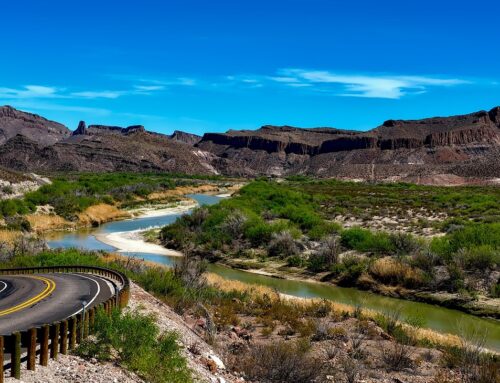Self-storage units and facilities have become one of the most popular commercial real estate properties in recent years. Thousands of investors buy these small spaces for rental income generation every year to enjoy the lucrative benefits on offer, including low maintenance, tax cuts, rent growth, and a high level of demand.
However, before investing in a self-storage unit or facility, you need to understand the factors that affect their prices. Doing so will help you make a more informed decision and get your money’s worth.
So, keep reading as we’ll share the top five factors to consider before opting for this type of investment property.
5 Factors Affecting the Cost of Commercial Storage Units and Facilities
1. Location and Size
The first factor that impacts the cost of a storage unit or facility is its location. Therefore, prices are typically higher in urban and industrial areas where there’s much greater demand for additional storage compared to suburbs. Moreover, as with any other property, the bigger the size, the higher the cost to buy it.
2. Types of Units (Outdoor/Indoor)
Storage units/facilities are of two types – outdoor and indoor. Both types offer different benefits to users. For instance, outdoor storage units offer more convenient access to tenants and are often large. In contrast, indoor storage units offer better security and are more suitable for fragile goods due to improved climate control. As a result, they’re typically more expensive to procure.
3. Amenities
The next factor you have to consider is the amenities offered by a specific storage facility. Popular options include climate control, 24/7 security, parking, storage equipment, etc. The more amenities a facility has, the higher its cost.
4. Traffic Count and Demographics
Apart from the location, you also need to consider the amount of traffic in the area, as this will determine how many people will see your facility every day. Moreover, you need to carefully analyze the local demographics to understand the median household income of locals within a five-mile radius. This will help you determine how much income you can generate from your units or facility.
5. Physical Occupancy and Operating Expenses
Finally, it would help if you determined how many units are occupied in the facility you’re looking to procure to understand the overall vacancy rate. Moreover, you also have to anticipate the operating expenses to determine if the property is achieving a positive cash flow.
Wrapping Up
Self-storage units and facilities are valuable commercial real estate investments, especially for investors with modest budgets. The storage industry has grown tremendously in recent years, with no signs of slowing down anytime soon. By understanding the key factors affecting their costs, you can spend your money more wisely and maximize your ROI.
If you need help finding the best self-storage units or other real estate properties in Rio Grande Valley, get in touch with CHRE and explore our vast options.






Leave A Comment